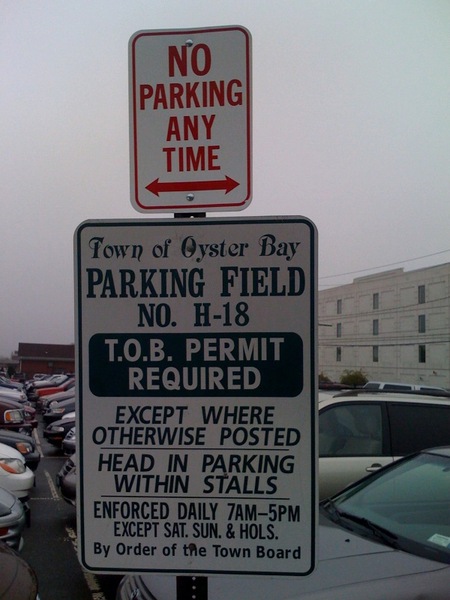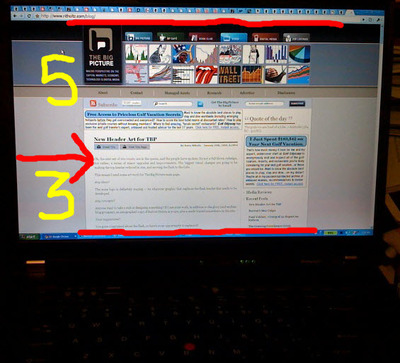The less money your peer group has, the more bling you buy, explains Virginia Postrel.
About seven years ago, University of Chicago economists Kerwin Kofi Charles and Erik Hurst were researching the "wealth gap" between black and white Americans when they noticed something striking. African Americans not only had less wealth than whites with similar incomes, they also had significantly more of their assets tied up in cars. The statistic fit a stereotype reinforced by countless bling-filled hip-hop videos: that African Americans spend a lot on cars, clothes, and jewelry--highly visible goods that tell the world the owner has money.
But do they really? And, if so, why?
The two economists, along with Nikolai Roussanov of the University of Pennsylvania, have now attacked those questions. What they found not only provides insight into the economic differences between racial groups, it challenges common assumptions about luxury. Conspicuous consumption, this research suggests, is not an unambiguous signal of personal affluence. It's a sign of belonging to a relatively poor group. Visible luxury thus serves less to establish the owner's positive status as affluent than to fend off the negative perception that the owner is poor. The richer a society or peer group, the less important visible spending becomes.
Russ Alan Prince and Lewis Schiff describe a similar pattern in their book, The Middle-Class Millionaire, which analyzes the spending habits of the 8.4million American households whose wealth is self-made and whose net worth, including their home equity, is between $1 million and $10 million. Aside from a penchant for fancy cars, these millionaires devote their luxury dollars mostly to goods and services outsiders can't see: concierge health care, home renovations, all sorts of personal coaches, and expensive family vacations. They focus less on impressing strangers and more on family- and self-improvement. Even when they invest in traditional luxuries like second homes, jets, or yachts, they prefer fractional ownership. "They're looking for ownership to be converted into a relationship rather than an asset they have to take care of," says Schiff. Their primary luxuries are time and attention.
See also:
First Impressions: Status Signaling Using Brand Prominence
Young Jee Han
affiliation not provided to SSRN
Joseph Nunes
University of Southern California - Marshall School of Business
Xavier Dreze
University of Pennsylvania - The Wharton School
September 2, 2008
Abstract:
Consumers use products to signal status in different ways. We propose a classification system employing four tiers to explain consumers' choice among subtly or conspicuously branded items based on how and to whom they wish to signal.
The first tier consists of consumers who are well-acquainted with luxury brands and thus relative experts. They are designated as patricians. Patricians signal horizontally, spending more to buy brands that are labeled discreetly and are recognizable primarily to other experts.
Relative novices to luxury brands comprise the second tier, the parvenus. They crave status and thus buy more accessible (less expensive), conspicuously branded goods that signal to those below and to other neophytes that they have arrived. Using data from two of the world's largest luxury brands, we substantiate a negative relationship between the conspicuousness of the brand on the product (what we call "Brand Prominence") and price for status goods. In addition, a survey reveals how a greater need for status leads to displaying the brand loudly, while greater expertise leads to the opposite. Further, a field survey of patricians and parvenus demonstrates that while patricians can recognize and value luxury goods even in the absence of brand markings, parvenus cannot.
Our third tier is labeled poseurs; they cannot or will not buy authentic luxury goods but instead buy copies of what they believe will signal status, the products favored by the parvenus. This creates a significant market opportunity for loud copies of luxury goods. We study this market using data from Thai counterfeiters and online sellers of knockoffs revealing how counterfeiters disproportionately copy louder, less expensive, products.
The lowest tier, dubbed plebs, does not participate in the market for luxury goods. Taken together, our field and lab experiments, along with the analysis of market data for authentic and counterfeit luxury handbags, supports the proposed model of status signaling behavior based on expertise, need-for-status, and brand prominence.
Keywords: Luxury Goods, Status, Brand, Counterfeits, Brand prominence
JEL Classifications: M10, M31





